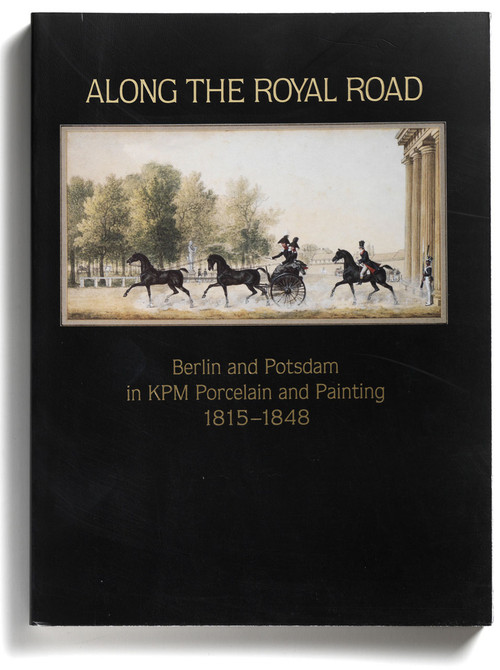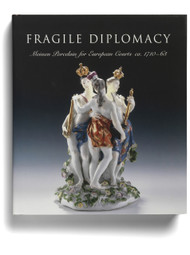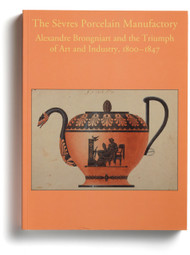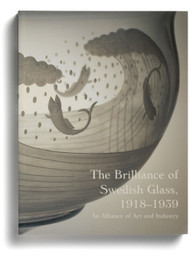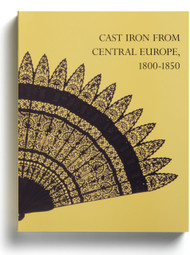The catalogue of the inaugural exhibition of the Bard Graduate Center, Along the Royal Road, presents the topographical porcelain produced in the post-Napoleonic heyday of the Royal Prussian Porcelain Manufactory (KPM). Architecture, landscape design and the decorative arts were closely aligned during this period of European royal porcelain history. Great technical strides were made by the Berlin manufactory particularly in their range of colors, at the same time as a school of topographical imagery specialists formed, most notably Carl Daniel Freydanck. The changing urban landscape of Berlin and Potsdam resulting from the collaboration of the architect Karl Friedrich Schinkel and the landscape designer Peter Joseph Lenné, provided inspiration to the KPM topographical painters. The new vision of the landscape was quickly disseminated through the escalation of diplomatic gifts of KPM porcelain ranging from large banquet services to porcelain eggs distributed after Easter each year.
Along the Royal Road, Berlin and Potsdam in KPM Porcelain and Painting 1815-1848, edited by Derek Ostergard
Derek Ostergard, editor
Table of Contents
Foreword
Susan Weber Soros
Introduction: The Royal Road
Jurgen Julier
1. The Cultural Landscape of Berlin
Theodore Ziolkowski
2. Romantic Gardens in Potsdam
Clemens Alexander Wimmer and Kimerly Rorschach
3. The Origins of the Royal Porcelain Manufactory
Winfried Baer
4. Veduta Painting on Porcelain in the Eighteenth- Century
Winfried Baer
5. Veduta Painting at the Royal Porcelain Factory Berlin (KPM) after 1786
Winfried Baer
6. The Pinnacle of Achievement: Veduta Painting on Porcelain at the Royal Porcelain Manufactory Berlin (KPM). 1832-1848
Isle Baer
7. Diplomatic Gifts of Porcelain: Objects of Prestige
Guy Walton
Catalogue of the Exhibition
Derek E. Ostergard and Marlise Hoff
Checklist of the Exhibition
Notes
Bibliography
Index
Other Details
ISBN
978-1887506007
Dimensions
12 x 9.2 x 0.8 in.
Page count
252 pages, illustrated
Publication date
1993
Binding
Softcover
